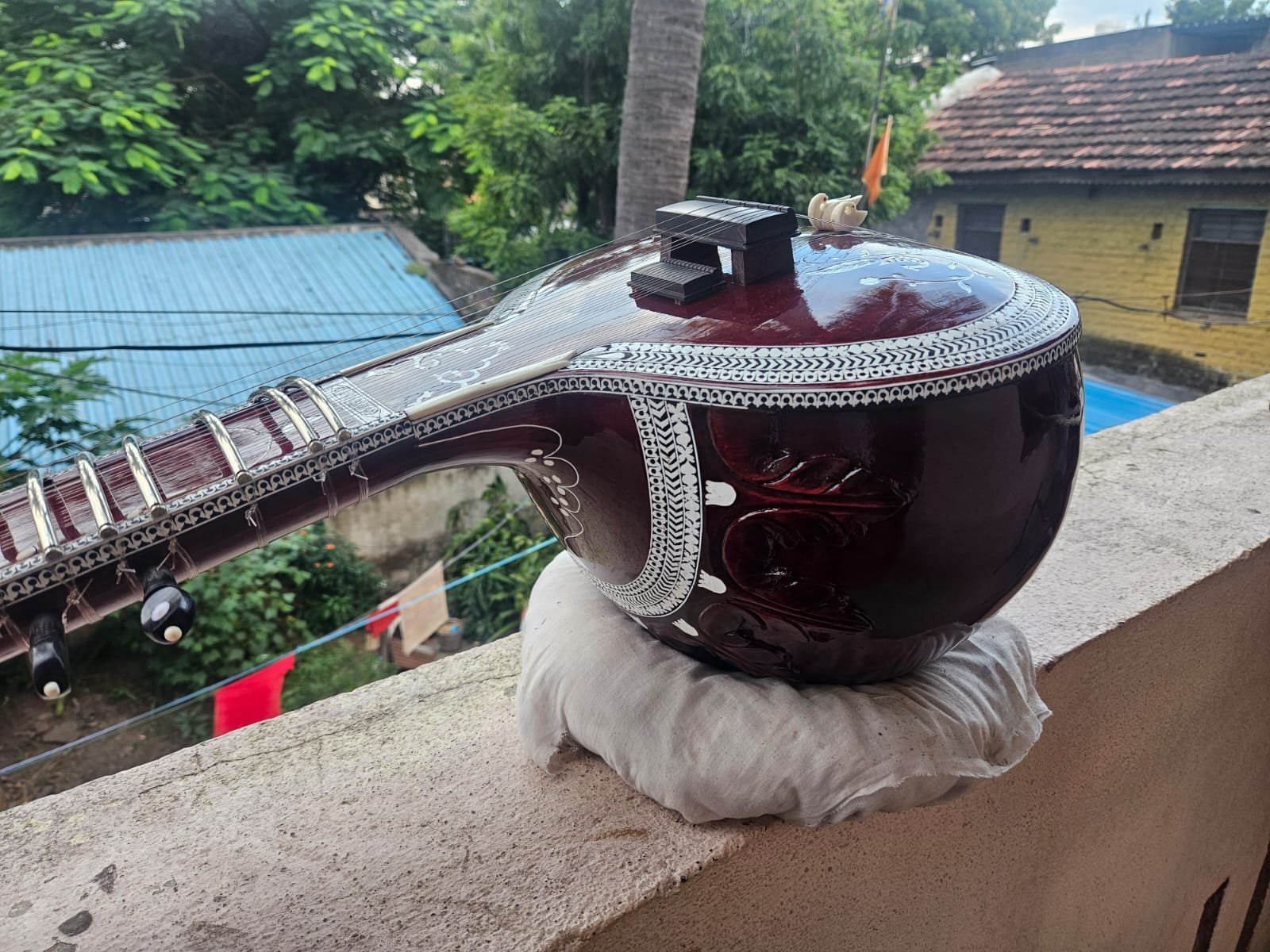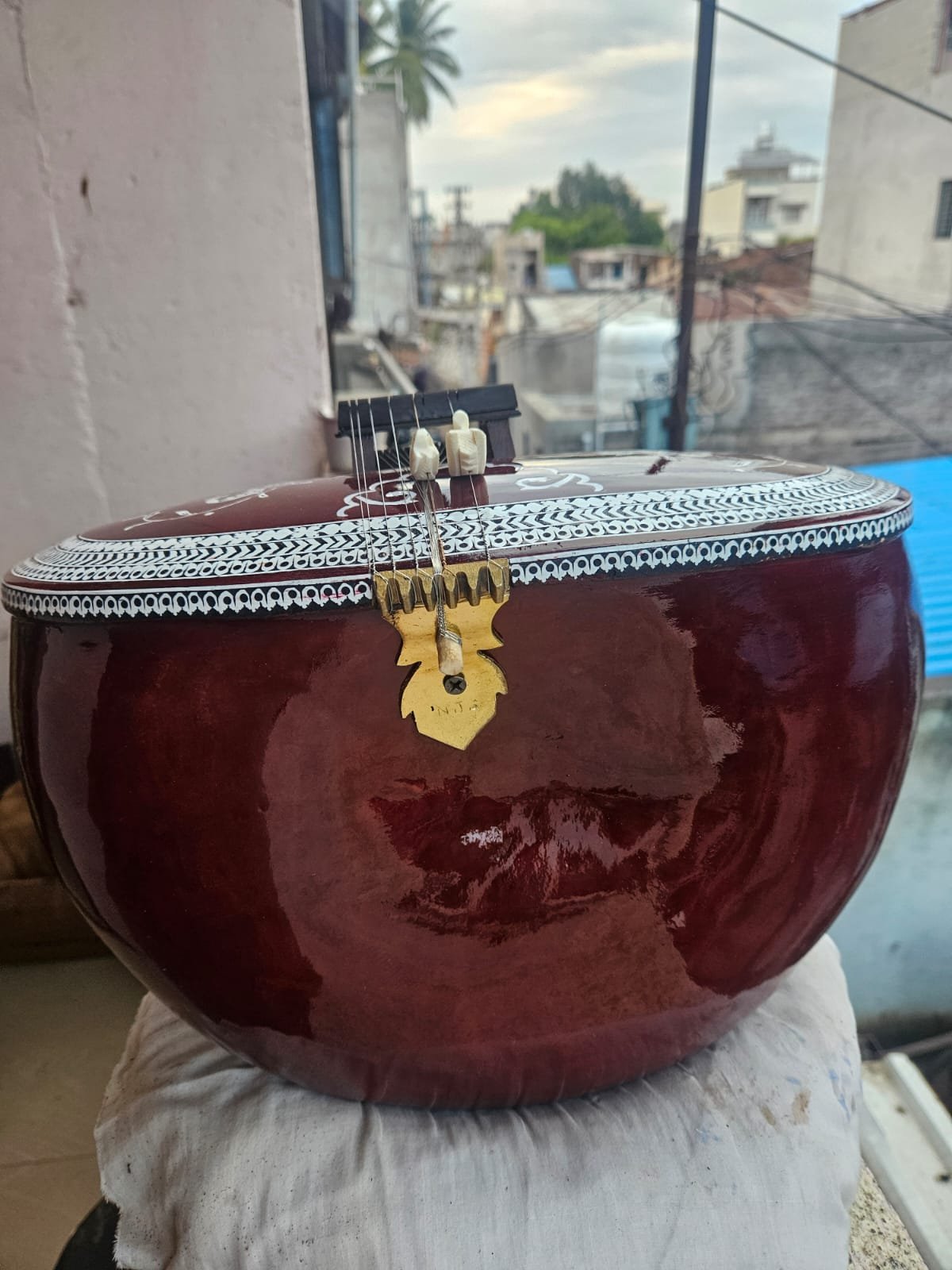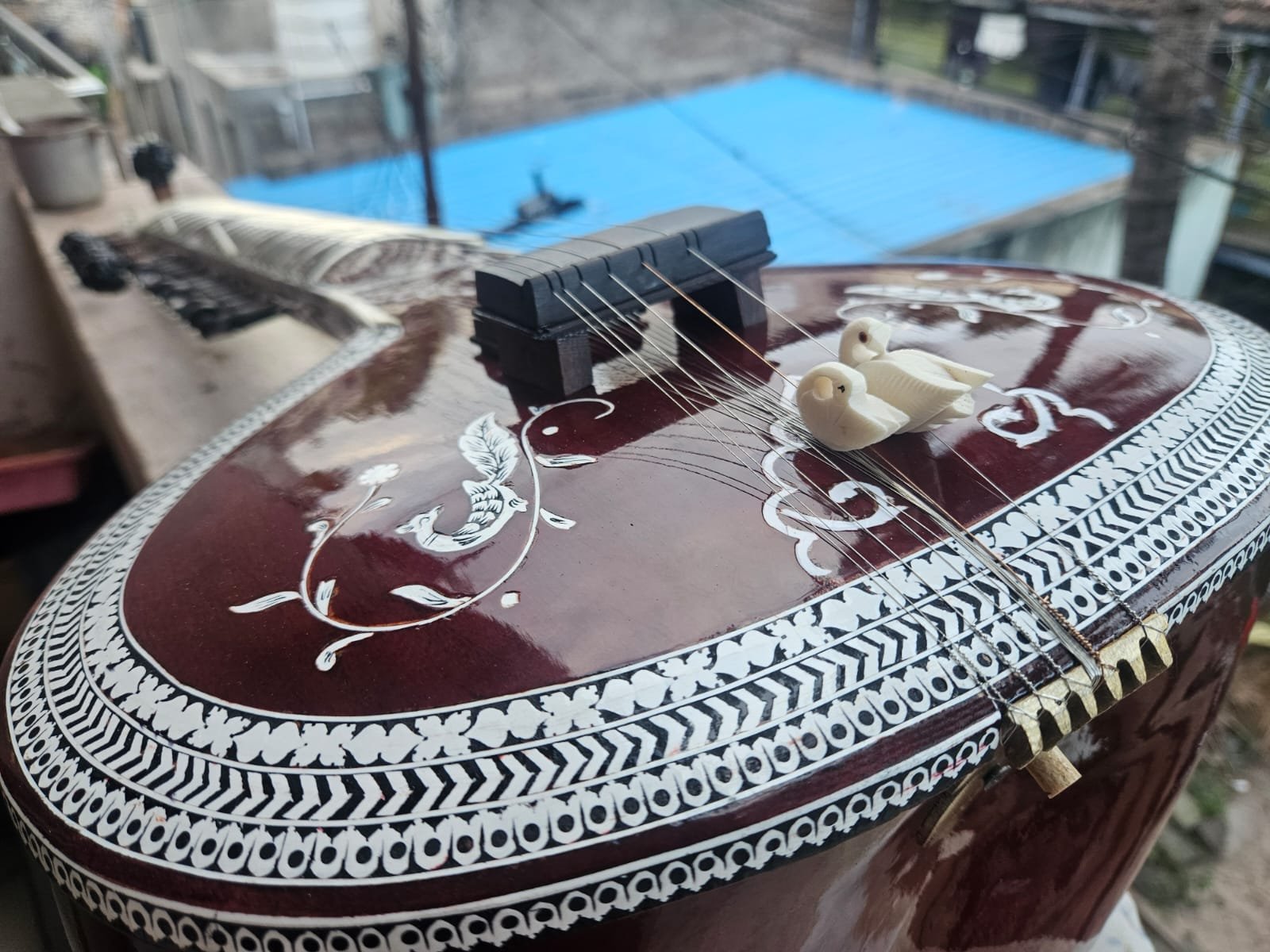Chayawadi Hindi poet Sumitranandan Pant’s lines, ” वियोगी होगा पहला कवि, आह से उपजा होगा गान , loosely translated as “ The first poet must have been a soul in separation, a song born from the depth of a sigh’s creation.” seem apt for my newfound passion. One afternoon, I stumbled upon Ustad Vilayat Khan’s rendition of the Vilaskhani Todi raga on YouTube. The raga felt like a vessel filled with sorrow, constantly overflowing. That day, some unspoken grief within me became entwined with the melody of Khan Sahib’s sitar. This raga, crafted by Vilas Khan, son of the illustrious Miyan Tansen, one of the luminous gems in Emperor Akbar’s court, was born at the side of his father’s deathbed – It was a requiem for loss! Vilaskhani todi was also Ustad Vilayat Khan’s favorite raga. What sorrow haunted the master, I do not know, or perhaps it was the sorrow of the ragas themselves, flowing through his sitar.
Love is a Cruel Thing

The raga’s charm was such that I fell in love with the sitar. Love is a cruel thing – it knows who you are. Over the past few months, this attachment deepened, to the point where I could not pass a single night without listening to ragas like Malhar, Yaman, Marwa or Malkauns. It felt as though the long Alap emerging from the sitar were like dewdrops of emotions, hanging from some string of my soul, bound by the melodies.
A Growing Love

“Passion is a powerful thing,” as one advertising tagline claims. This perfectly applied to my new obsession. I decided to bring a sitar into my life. In India, there are two major centers for sitar-making: Miraj near Pune in Maharashtra and Kolkata. Miraj has a long tradition of skilled craftsmen who have been making sitars for generations. During my research, I came across Javed Sitar Maker from Miraj. His son, Nadeem Bhai, further nurtured my love for the sitar. With every step in the crafting of my ordered sitar, he sent me pictures. It felt as though the creation of the sitar had its own raga, its own melody, and was itself a growing love.
A less expensive love in the Market

It takes nearly a month to make a sitar. The process begins by cutting the gourd to create the tumba and continues through design, painting, and finally the tightening of the strings. There are two main styles of sitars: Ustad Vilayat Khan and Pandit Ravi Shankar’s. In addition, there are variations named after maestros like Pandit Nikhil Banerjee, Ustad Sujat Khan, and Ustad Shahid Parvez Khan. A good sitar requires that its maker be a true disciple of the craft. I was fortunate to meet Nadeem Bhai, a seasoned sitar maker, and someone who is accessible to the common man. While good sitars today can cost upwards of a lakh (100,000 rupees), Nadeem Bhai offers them at a fair price. In this age of commercialisation, it’s essential that love doesn’t become too costly. His connection with his customers is such that, after a while, it feels like he’s part of the family. You eagerly await his messages, hoping for updates about the sitar.
Ghanshyam Mir
(The writer is working in the field of education. He is also interested in literature, cinema and music.)









